
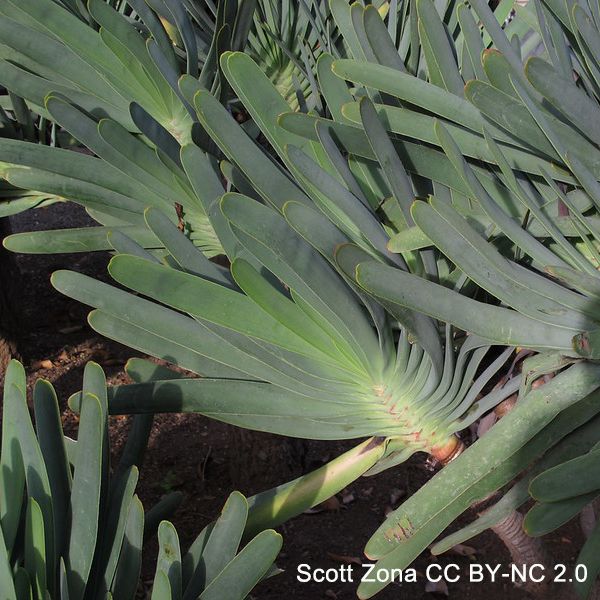
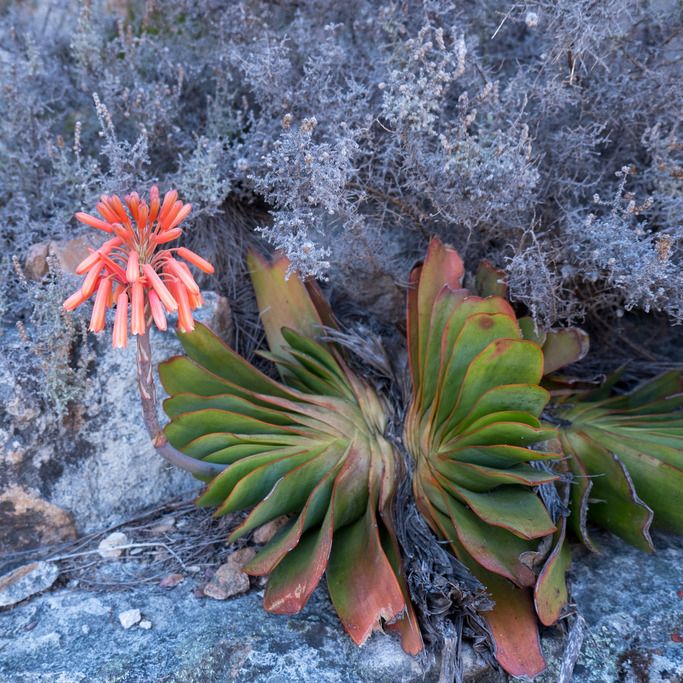
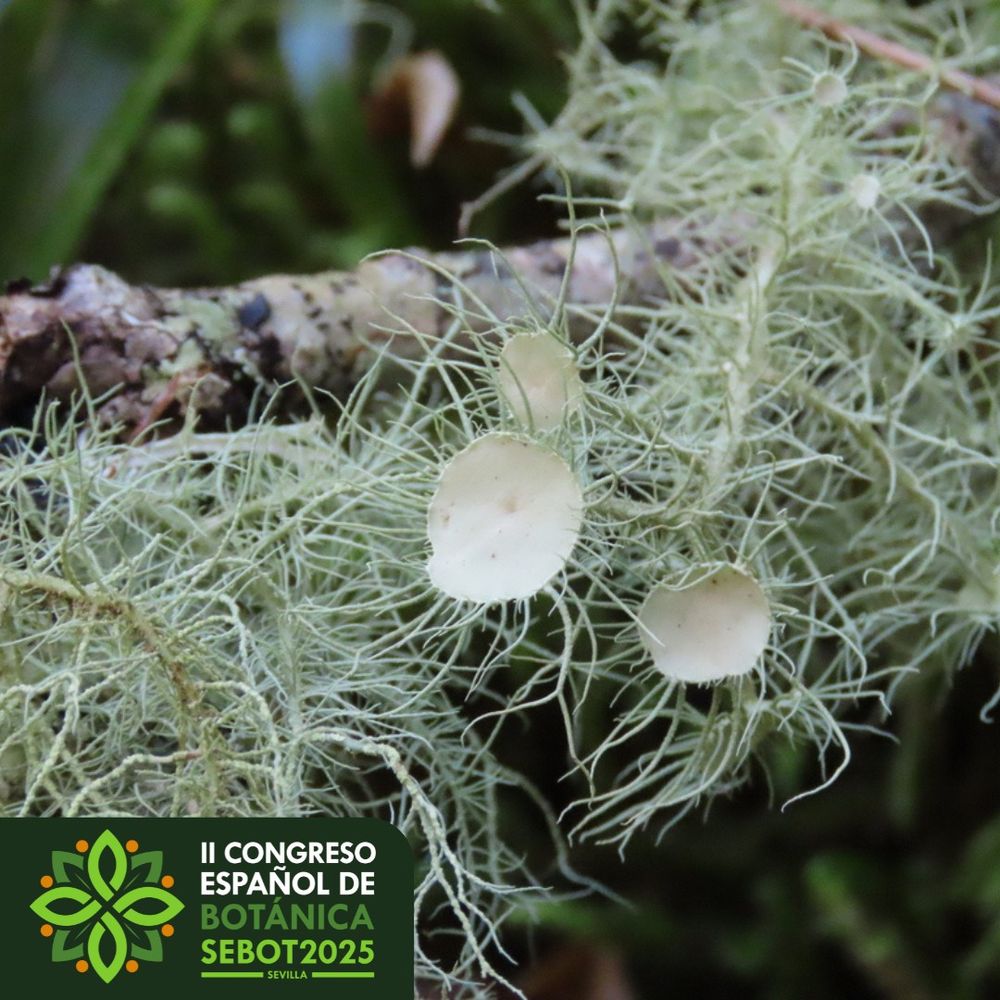


congresosebot2025.com/docs/circula...
Tenéis información de cómo proponer simposios y talleres, abierto hasta el 28 de febrero.
Os esperamos del 22 al 25 de Septiembre en Sevilla 🍊 ¡Pronto más info!
congresosebot2025.com/docs/circula...
Tenéis información de cómo proponer simposios y talleres, abierto hasta el 28 de febrero.
Os esperamos del 22 al 25 de Septiembre en Sevilla 🍊 ¡Pronto más info!


🧑🎨: @claraprieto.com
@journalofecology.bsky.social
doi.org/10.1111/1365...

🧑🎨: @claraprieto.com
@journalofecology.bsky.social
doi.org/10.1111/1365...

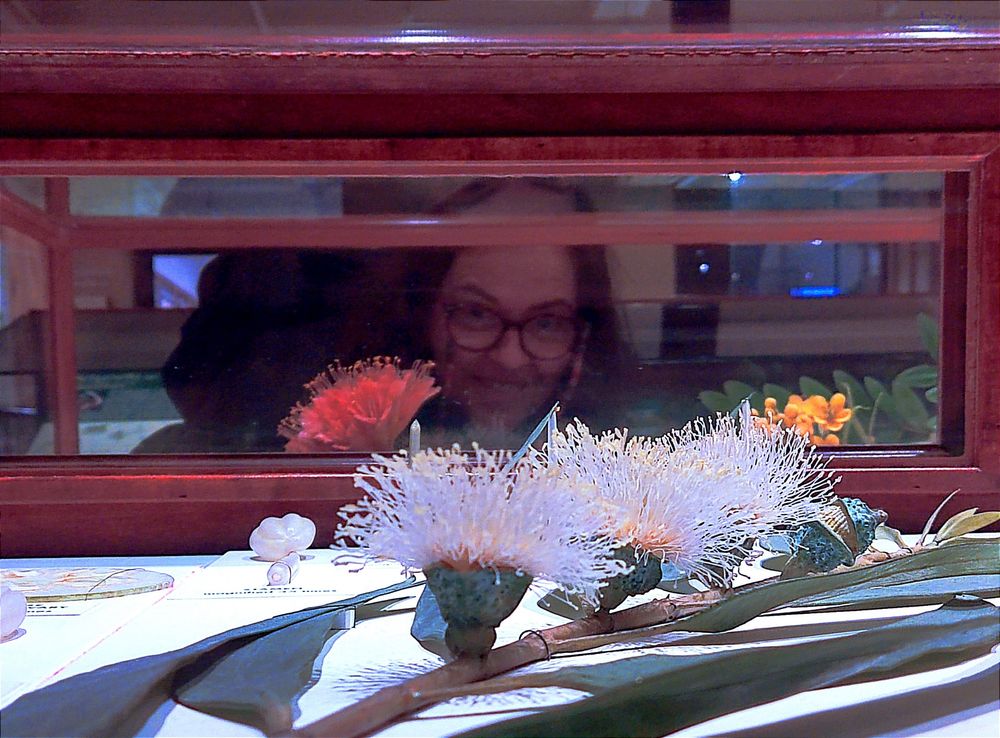
#fisheries #oceanography #movementecology
#fisheries #oceanography #movementecology

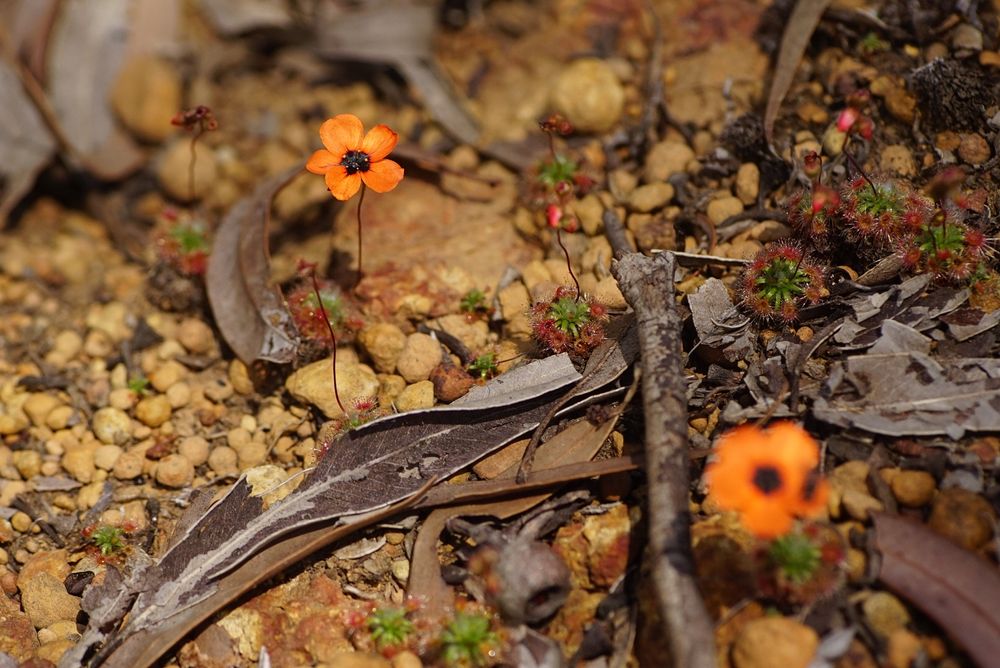





www.inaturalist.org/observations...
www.inaturalist.org/observations...


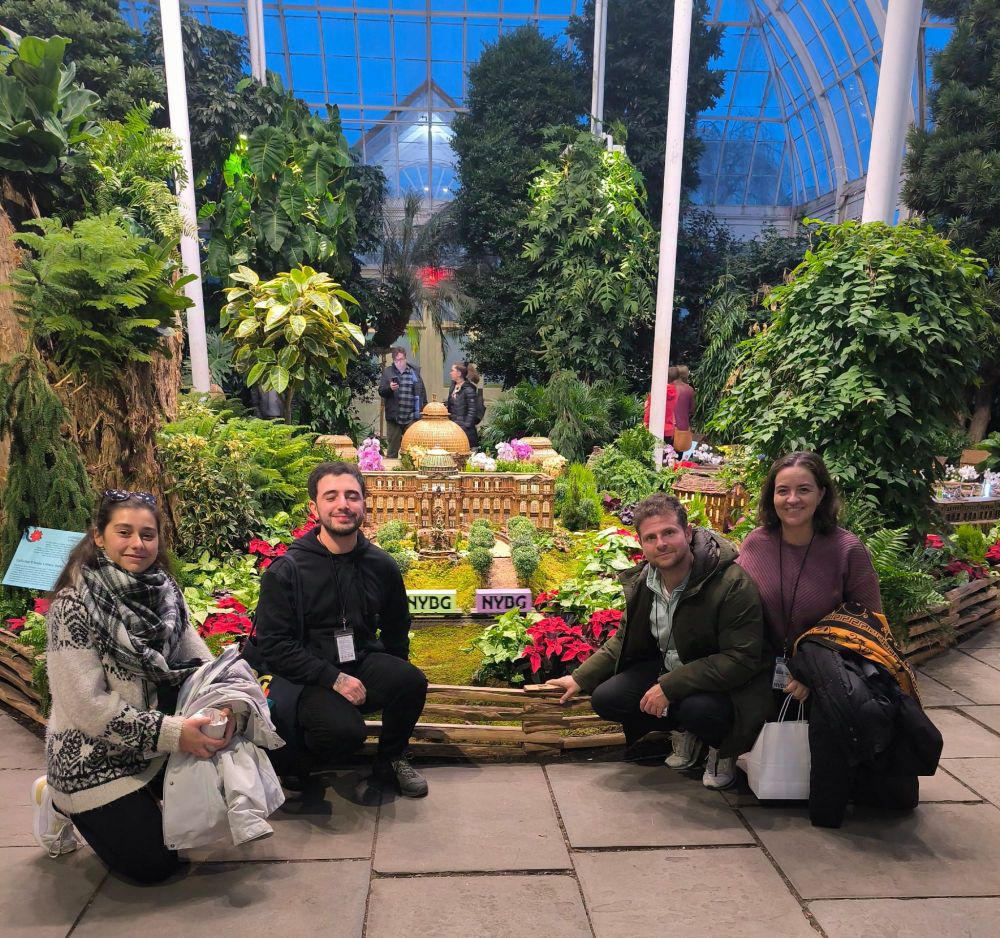


I split the leaf with a razor in order to get the full detail of the trichome structure.

I split the leaf with a razor in order to get the full detail of the trichome structure.


Here are the results. I think all my sweat was worth it.
biorxiv.org/cgi/content/...

Here are the results. I think all my sweat was worth it.
biorxiv.org/cgi/content/...








